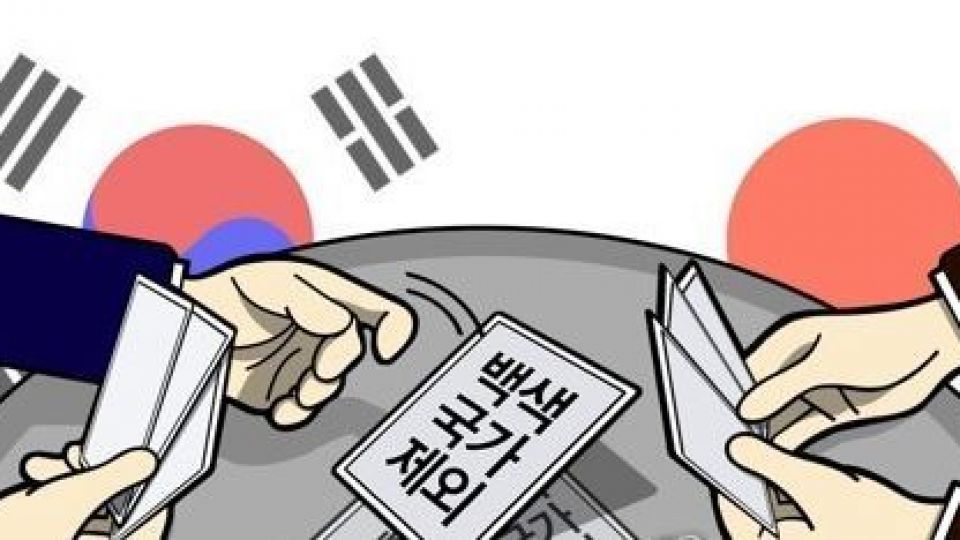September 2, 2019
Impact of Japan’s export curbs on South Korea limited so far.
South Korea is on track toward excluding Japan from its export control whitelist this month, in a tit-for-tat response to Tokyo’s earlier decision to remove Seoul from its list of preferred trading partners.
According to the Industry Ministry on Sunday, the government is set to complete its public opinion-gathering process Tuesday, a necessary step before it can make a public announcement and implement the change to the nation’s export control system.
On Aug. 12, the Industry Ministry announced that Korea would drop Japan as a preferred trading partner in September in response to Tokyo’s earlier decision to exclude Seoul from its whitelist.
The ministry did not disclose the number of people who had contacted it to express their opinions. But the related posting on the ministry’s website received more than 2,000 views. In Japan, more than 40,000 people expressed their views when the Japanese government announced its plans to change the nation’s export control system to exclude Korea from its whitelist.
“Because we have different ways of gathering opinions from Japan, we have not received as many (messages) as Japan did. But, we still have received quite a lot of opinions, and many of them are in favor of the revisions to the export system,” said an official representing the Industry Ministry.
When the revision takes effect, Japan will fall into the newly established group A-2 under Korea’s export control system.
At present, Korea divides countries into two groups: group A and group B. The nations in group A are those that abide by the rules of all four international export control systems. All other countries fall into group B.
The government plans to divide group A into group A-1 and group A-2, for a total of three groups. As a member of group A-2, Japan will be treated the same as countries in group B with respect to the level of export controls, with some exceptions.
Industry Minister Sung Yun-mo said Aug. 12 that the Korean government was “ready to respond anytime and anywhere if the Japanese government asks for consultations during this period to (offer its) opinion.”
Meanwhile, the ministry said the impact of Japan’s export restrictions, imposed on Korea since July 1, has so far been limited.
On July 1, the Japanese government tightened the export process to Korea for three classes of high-tech materials: fluorinated polyimide, photoresist and hydrogen fluoride. As of July, the total volume of imports of the three materials stood at $800 billion and accounted for 1.8 percent of all imports from Japan. The restrictions have not led to any actual disruptions in production in Korea, the ministry said.


